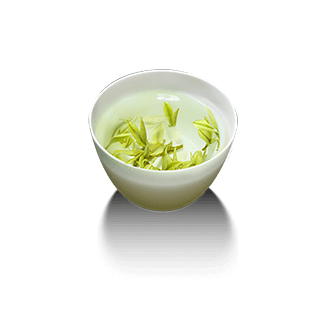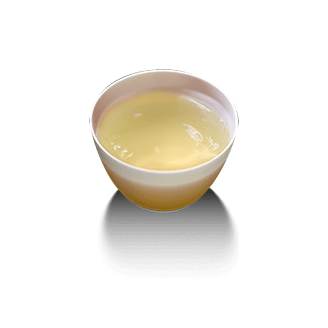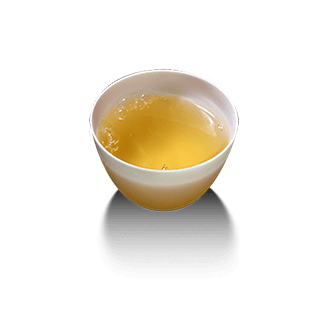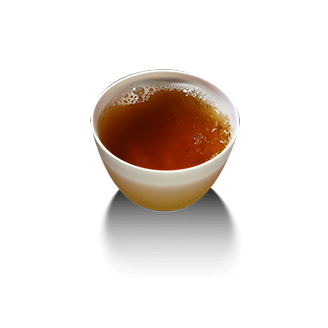
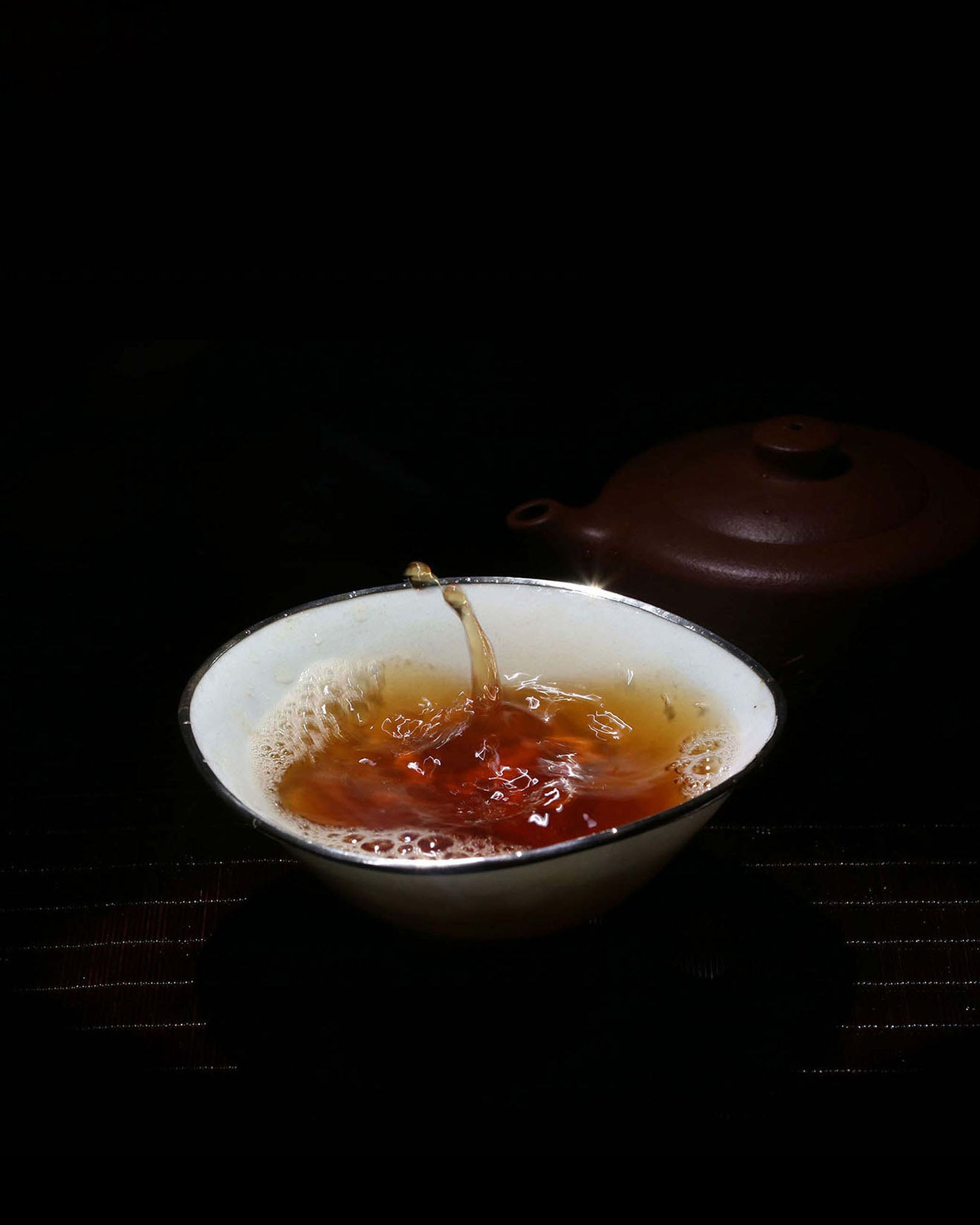
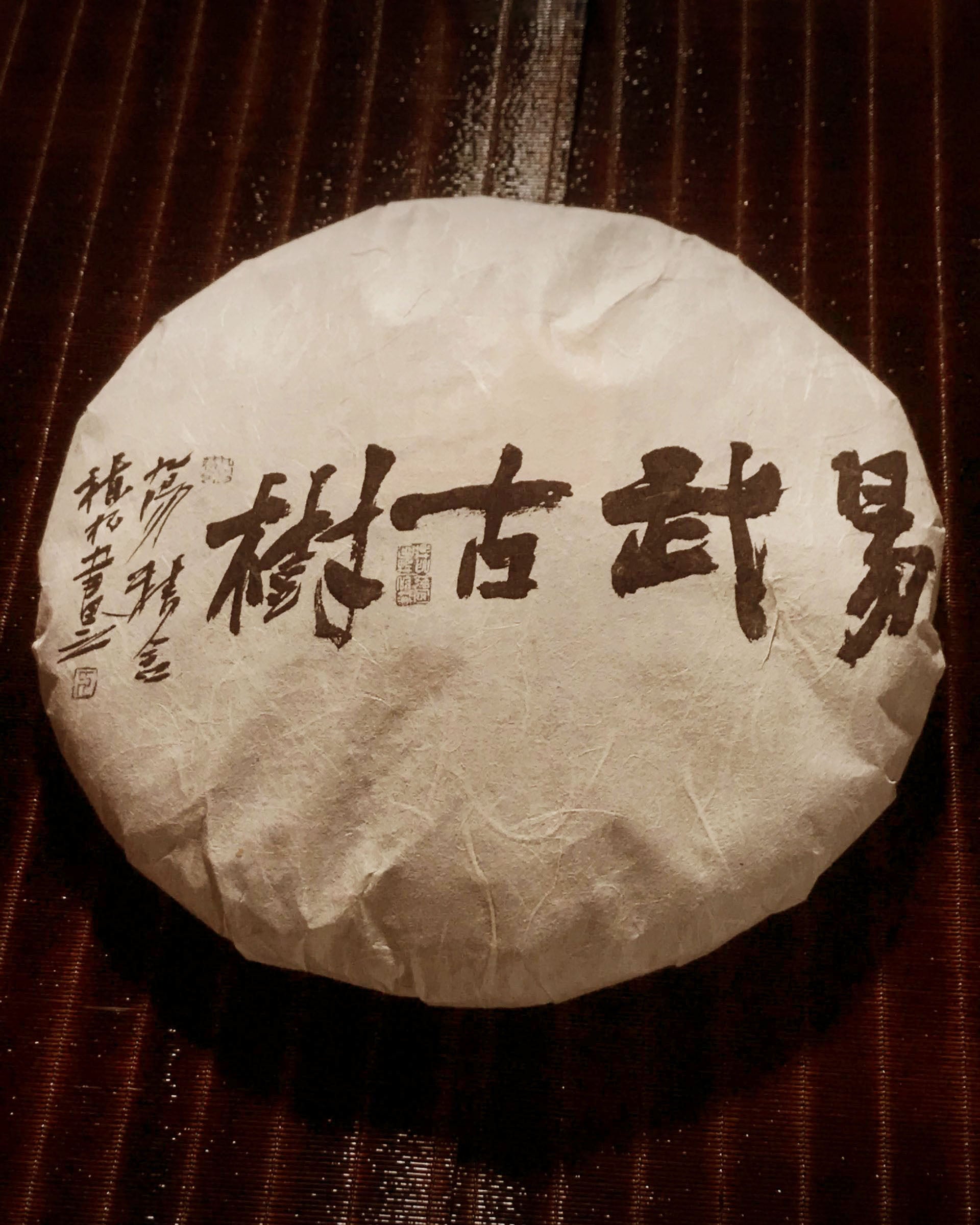
2009 Yiwu Gaoshan Village Ancient Tree Raw Pu'er Tea




2009 Yiwu Gaoshan Village Ancient Tree Raw Pu'er Tea
2009 Yiwu Gaoshan Village Ancient Tree Raw Pu'er Tea
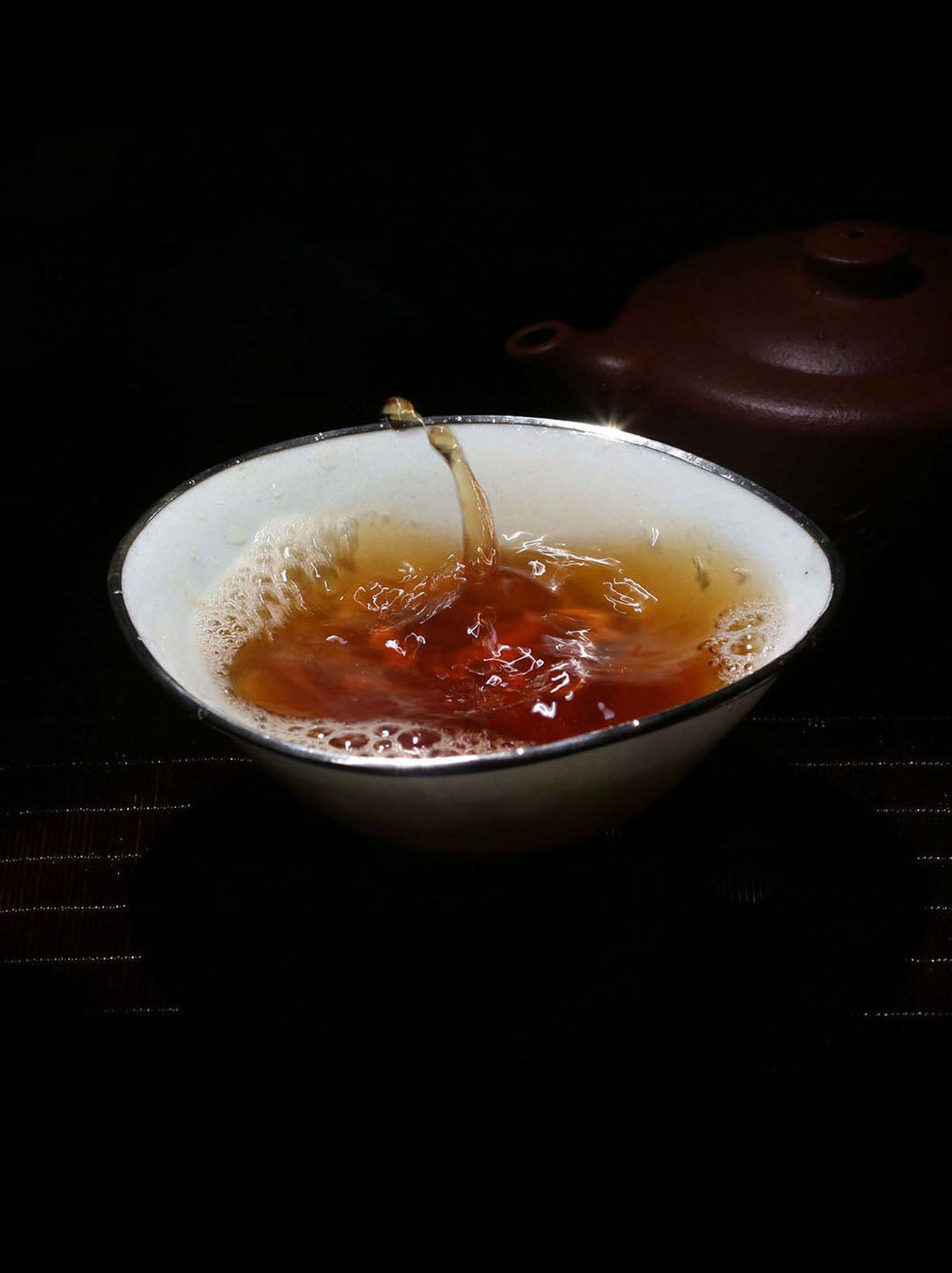
Year : 2009, Yiwu Gaoshan Village Ancient Tree Raw Pu'er Tea
Production area: Yiwu Gaoshan Village, Yunnan, China
Appearance: Time-honed texture of ancient tea
The cake is regular and plump, with clear traces of "gentle and slow pressing" from stone grinding—slightly loose at the edges and moderately tight in the center, ensuring it doesn’t crumble while facilitating post-aging. The dry tea leaves are thick, sturdy and full-bodied.
Aroma: Fragrance Transformation Through Time
Dry tea: Dominated by warm honey fragrance, blended with faint woody aged notes, calm and free of the sharpness of new tea.
Cup-Warming: 95℃ hot water unlocks layered aromas—first bursts of honey scent, followed by alpine wild charm, with a subtle jujube finish, a unique gift from 15 years of aging.
Cup Bottom: Lingering fragrance remains after multiple infusions, with honey sweetness wrapped in pure freshness, fully embodying Yiwu’s characteristic of "fragrance sinking into water".
Taste: Yiwu’s Sweetness and Moisture
Brew 7g with 95℃ mountain spring water: The slight bitterness on the tip and palate fades instantly without astringency; the tea soup glides smoothly down the throat, spreading tenderness and sweetness; the aftertaste offers long-lasting honey fragrance and sweet return.
Tea Liquor Color & Infused Leaves: Testaments to Ecology and Aging
Tea Liquor Color: Bright amber in the first 3 infusions, with obvious lacing on the cup walls; deepens to orange-red from the 4th to 8th infusions, clear without sediment.
Infused Leaves: After brewing, the leaves are brownish-green, fresh and elastic, with distinct leaf veins and thick mesophyll.
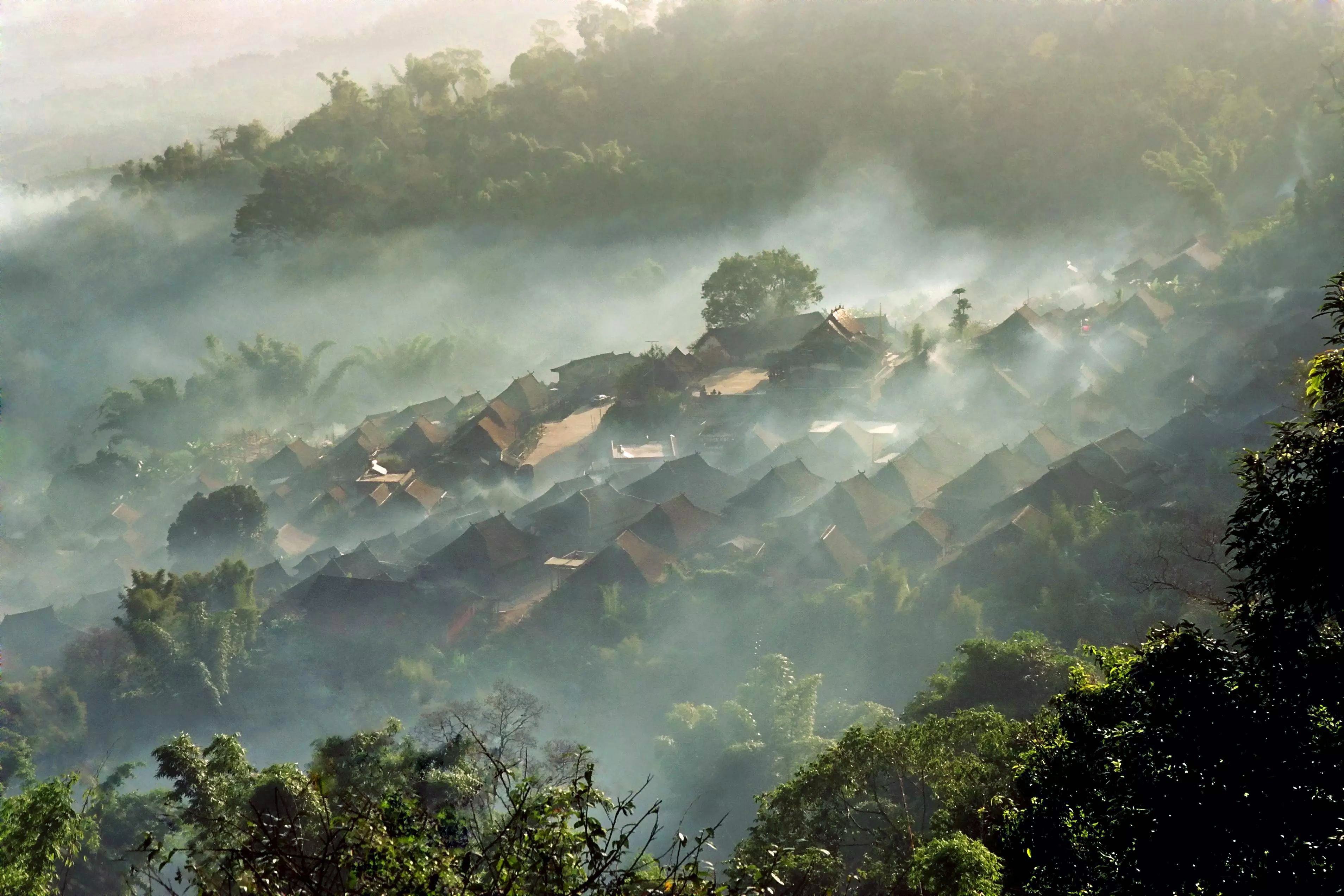
At the peak of Yiwu Ancient Tea Mountain in the northeastern part of Xishuangbanna, 1,200 meters above sea level, lies an ancient village. Named Gaoshanzhai (High Mountain Village) for its solitary location atop the mountain and the lingering clouds and mist all year round, the village is inhabited by the Yi people, who are locally known as the "Xiangtang People".

This is the best-preserved tea-growing area, dotted with un-dwarfed century-old ancient tea trees that coexist with towering ancient trees in the primeval forest.
at an altitude of over 1,200 meters, the tea trees thrive in a favorable ecological environment. The 2009 Yiwu Gaoshanzhai Ancient Tree Raw Pu'er, a 400g handcrafted stone-ground tea cake, adheres strictly to traditional production methods:
pluck plump and tender one-bud-two-leaf fresh leaves in the early morning, first spread them on bamboo mats to air-dry for 6 hours to remove the grassy smell;
fix the leaves in an iron wok over wood fire, with veteran craftsmen controlling the temperature at around 200℃ by hand and stirring quickly to retain the tea fragrance;
roll the leaves using a "light-heavy-light" technique to allow tea juice to seep out without damaging the leaf strips;
after natural sun-drying, hand-press the leaves into 400g cakes with blue stone mills, with just the right tightness to leave ample space for post-aging.
Only Pu'er boasts inherent fortitude,Its pure elegance rivals the sparrow's tongue in praise.
Emperor Qianlong’s "Boiling Snow for Tea"
The Peerless Pu'er, robust and true,
Its refined grace outshines the finest Bird's Tongue.
— Emperor Qianlong, "Brewing Tea with Snow"

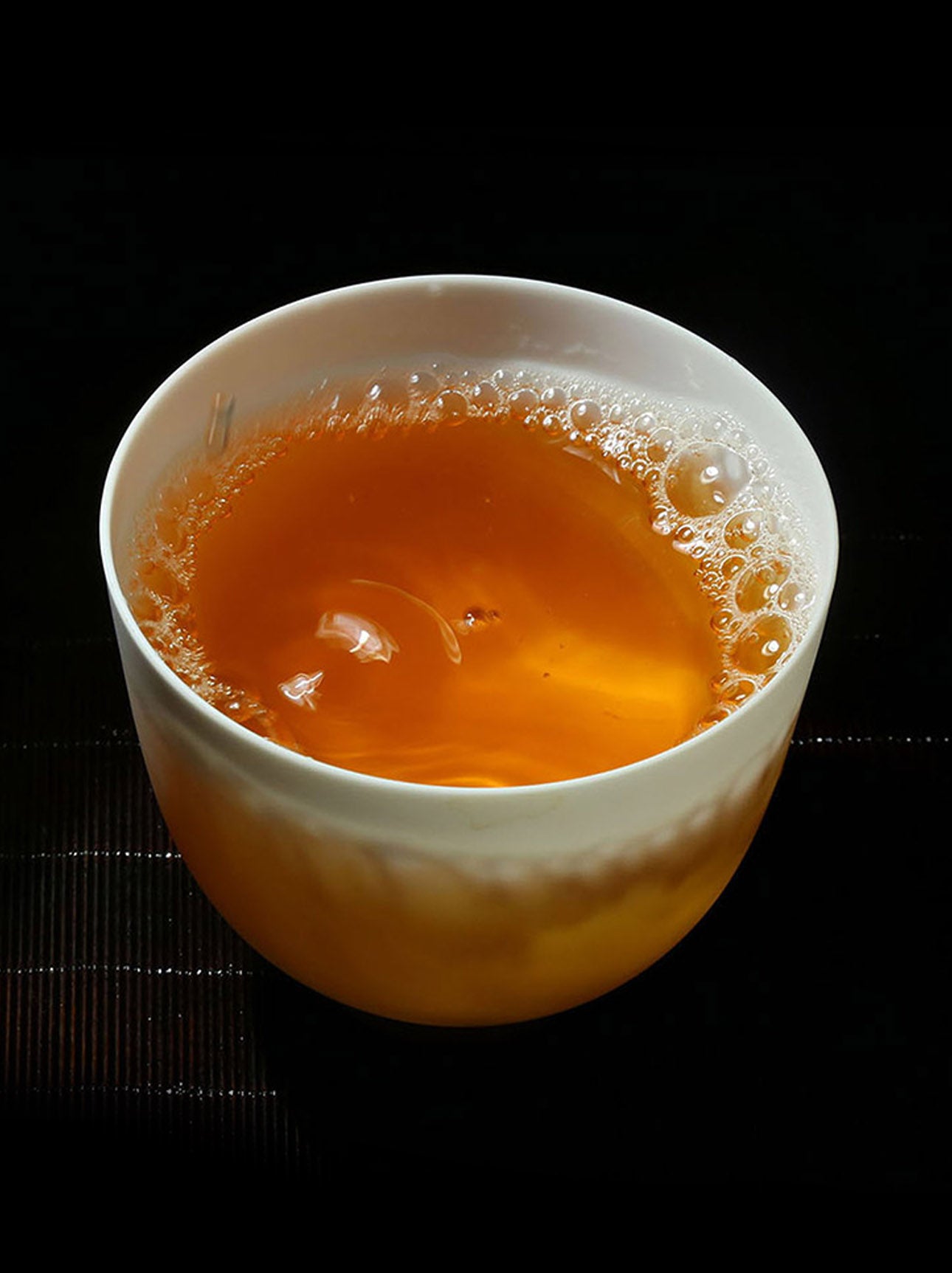
Tea Liquor Color: Amber, Orange-Red

2009 Yiwu Gaoshan Village Ancient Tree Raw Pu'er Tea, 400g Handcrafted Stone-Ground Tea Cake
Bingdao Old Village is the soul origin of "rock sugar rhyme" in the Pu'er tea circle.
Its scarcity is irreplicable
After more than ten years of aging, this tea has lost the sharpness of new tea, retaining the sweet, mellow and honeyed charm as well as the rich mountain texture of Yiwu ancient trees. The core of brewing lies in "using boiling water to stimulate aged fragrance and controlling time to balance mellowity". The specific steps are as follows:
spare parts
Main brewing vessel : Gaiwan (lidded bowl) or A well-ventilated Yixing clay teapot (suitable for aged teas or teas that require aroma concentration).
Fairness cup : Glass is preferred, as it makes it easy to observe the color of the soup.
Tea tasting cup : A small cup made of porcelain or earthenware, which is conducive to concentrating the aroma.
Auxiliary tools : tea needle (for disassembling compressed tea), tea scoop, tea towel, etc.
Tea and water
Awakening the tea (rinsing the tea): Activating the activity of aged tea . Quickly pour in boiling water, submerging the tea leaves, and immediately pour it out. The purpose is to awaken the tea cells and release the aged aroma on the surface.
Brewing steps :
1-3 infusions: The steeping time should be controlled within 5-8 seconds. The key is "quick infusion" to avoid extracting too much bitterness and astringency, highlighting the early sweetness and light aged aroma, and producing a clear, golden-yellow tea liquor. When pouring water, you can pour it from a high position (15-20cm) to allow the water flow to impact the tea leaves and further stimulate the aroma.
4-8 infusions: Extend the steeping time to 10-15 seconds. This is the stage when the flavor is most complete, and the unique honey aroma and wild mountain flavor of Yiwu ancient trees will gradually appear.
9. After steeping: a light steeping is required, with the steeping time gradually increased by 5-10 seconds for each subsequent steeping.
Water : If you don't know much about the water used for brewing tea, just choose qualified purified water. Do not use alkaline mineral water.
(Commercially available mineral water and spring water vary in quality due to different water sources and water quality indicators. So-called "high-quality mineral water" is likely to cause loss of functional components and inhibition of aroma in tea.)
Amount of tea leaves : 5-8g of tea leaves in a 100-150ml container (tea to water ratio of approximately 1:20; strength can be adjusted according to personal taste).

木盒包装,内有密封袋
storage

Place in a clean, odorless environment, avoiding light and moisture.
Ideal humidity : 60%~70% (moisture protection is needed in southern regions)
Optimal temperature : 20~30℃, avoid drastic fluctuations (such as direct airflow from heating or air conditioning).
Ventilation and protection from light : Provide moderate ventilation (avoid complete sealing). Protect from light: Ultraviolet rays can damage the internal qualities of tea leaves; it is recommended to use a light-proof container or store in a dark place.
Clean and odorless
Keep away from odor sources such as kitchens and bathrooms to avoid absorbing unwanted smells.
storage container
1. Purple clay pot/earthenware pot
It has good breathability and is suitable for long-term storage, but the humidity needs to be checked regularly (use with caution in the south).
Clean with boiling water and air dry before use to avoid residual moisture.
2. Cardboard box + bamboo shoot husk/cotton paper
An economical and practical combination: bamboo shoot husks are moisture-proof and breathable, while cardboard boxes provide light protection and are easy to stack.
It is recommended to store compressed tea cakes in their entirety (without removing the bamboo shoot husks) to minimize external interference.
3. Resealable bag (for short-term use)
It is only suitable for short-term (within 1 year) storage; long-term sealing will hinder aging.
Choose a food-grade aluminum foil bag, fill it with tea leaves, squeeze out the air, and seal the bag.
Common Misconceptions
Refrigerating tea leaves is a mistake, because low temperatures inhibit fermentation, and the tea leaves can easily absorb odors from the refrigerator.
Store in a completely sealed container That's wrong, because Pu'er tea requires trace amounts of oxygen to undergo transformation, so vacuum packaging is not suitable.






